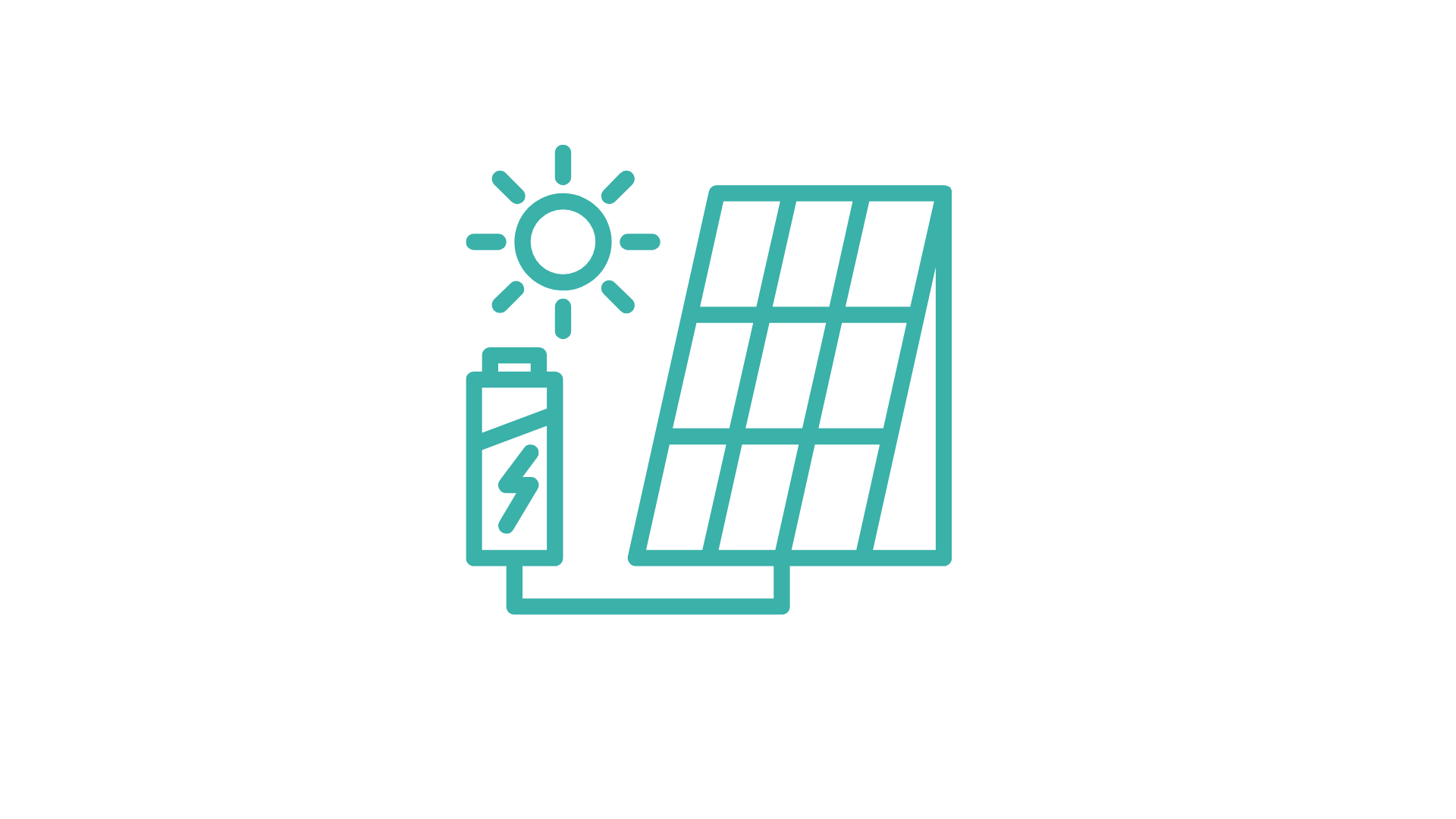What is the thermomodernisation relief?
The thermomodernization relief allows you to deduct the expenses incurred in connection with the thermomodernization investment (e.g. in photovoltaics). The deduction under the thermomodernization relief is made from the tax base, expenses incurred for the purchase of building materials or equipment, as well as expenses incurred for the installation service related to the completed photovoltaic (thermomodernization) investment in your single-family house*.
[accounting_banner]
Who can take advantage of the thermomodernization relief in a year?
Pursuant to the Act, the thermomodernization relief may be used by a taxpayer of income tax who pays tax according to the tax scale, 19% tax rate and who pays a lump sum on registered income, being owners or co-owners of single-family residential buildings, who incurred expenses for the thermomodernization project.
What expenses are deductible?
The exact list of thermomodernization expenses that can be deducted in the PIT settlement is included in the annex to the Regulation of the Minister of Investment and Development of December 21, 2018 on determining the list of types of building materials, equipment and services related to the implementation of thermomodernization projects (Journal of Laws, item 2489). The list includes both construction materials, equipment, as well as services subject to deduction under the thermomodernization relief.
The complete list of expenses is available below:
How is the relief calculated?
The deduction is made in the tax return for the tax year in which the expense was incurred.
The amount of the deduction, which was not covered by the taxpayer's income (revenue) for the tax year, is subject to deduction in subsequent years, but not longer than for 6 years, counting from the end of the tax year in which the first expense was incurred.
How much can you deduct?
The amount of the deduction may not exceed PLN 53,000.00 in relation to all implemented thermomodernization projects in individual buildings owned or co-owned by the taxpayer.
Deduction of expenses for thermal modernization - main conditions
In order to take advantage of the deduction of expenses under the thermomodernisation relief, several other conditions must also be met. The key of them is to document the expenses incurred for the implementation of a photovoltaic (thermal modernization) investment in a single-family building. Therefore, the taxpayer must have all the invoices confirming the expenses incurred, issued by the VAT taxpayer.
But that's not all. The Ministry of Finance additionally warns - in order to be deducted in the PIT settlement, expenses cannot be financed or co-financed from the funds of the National Fund for Environmental Protection and Water Management or voivodeship funds for environmental protection and water management or returned to the taxpayer in any form. They are then not deductible. It's not everything. If the taxpayer included the expenses as tax deductible costs and deducted them from the tax, he also cannot deduct them again as part of the thermomodernization relief.
It is worth noting that the thermomodernization relief applies to thermomodernization expenses, provided that the thermomodernization project in this building is completed within 3 consecutive years, counting from the end of the tax year in which the first expense was incurred.
What should you do if you lose your right to relief?
If the taxpayer fails to implement the thermal modernization project within the three-year period, he is obliged to return the relief, which means adding the amounts previously deducted in this respect to the income (revenue) for the tax year in which the three-year period expired.
A taxpayer who, after the year in which he benefited from the relief, received a refund of the deducted expenses for the implementation of the thermomodernization project, is obliged to add the amounts previously deducted to the income (revenue) in the tax return submitted for the tax year in which he received this refund.
* A single-family residential building is a detached building or a semi-detached, terraced or group building, used to meet housing needs, constituting a structurally independent whole, in which it is allowed to separate no more than two residential premises or one residential premises and commercial premises with a total area of not exceeding 30% of the total area of the building.


